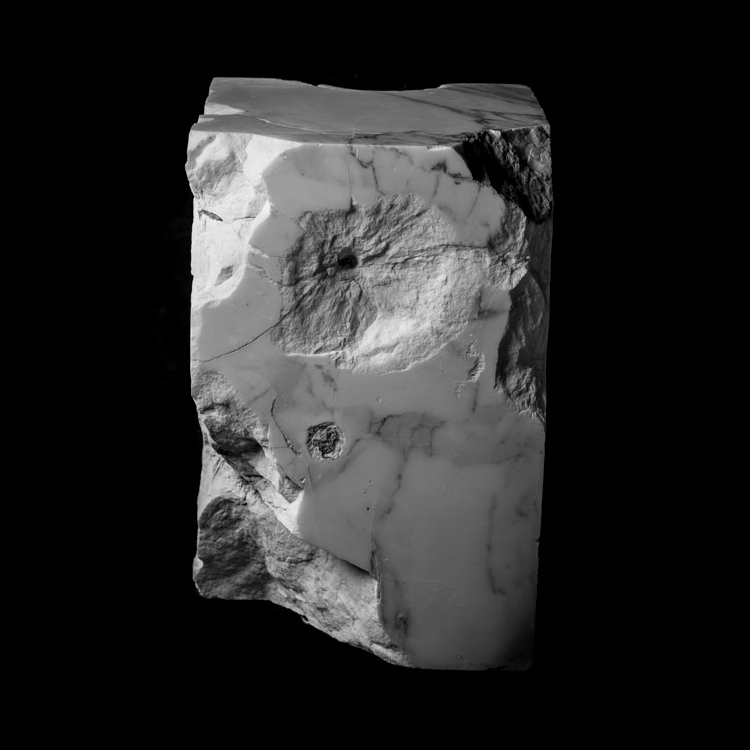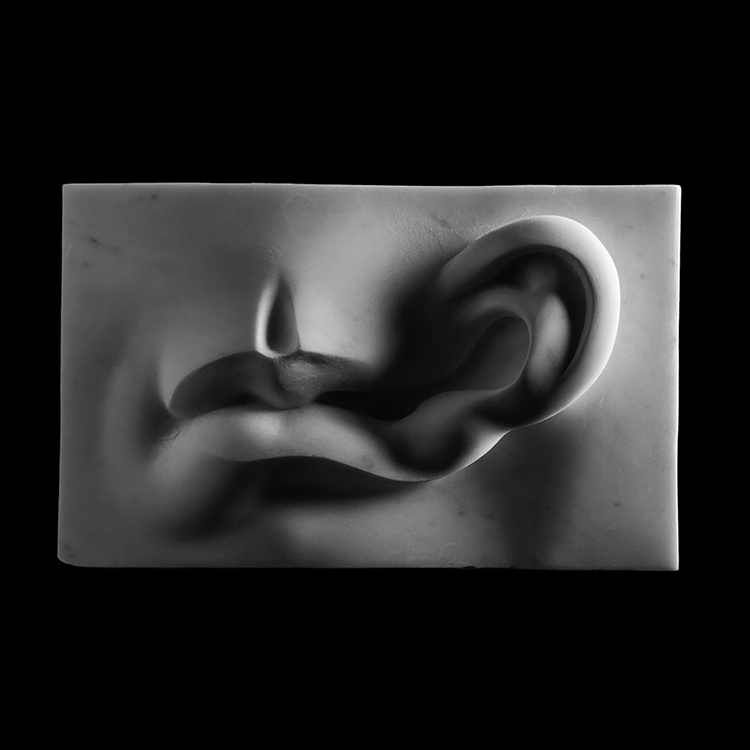
WOLFGANG SOFSKY: Violence
I. BEYOND BORDER
1. On Killing
Story of the deluge and Noah’s Ark.
Devine grace is bought with another act of violence.
The shedding of blood is a sacred act, a tribute to the lord of life.
Culture and society are founded on a licence to kill.
The taboo on cannibalism and murder is the first law imposed on mankind by God. Only He is the creator and destroyer. This monopoly is protected by the most stringent of all punishments, the death penalty.
Anyone can become an enemy. Therefore, everyone must be prevented from committing murder. Man must fear for his own life if he is to spare others. Civilization is therefore founded on the despotism of the fear of death.
Immortality was promised only to the species, not the individual.
Culture begins with the invention of funeral rites and burial customs to regulate the passing of the dead.
Death is not life’s goal but its radical opposite.
Fear and violence do not spring from our animal nature. On the contrary: violence is the result of our specific humanity.
The mortal body is too powerful an enemy. It will have the last word.
The fascination of violence is ultimately physical in nature. The sight of it can become an obsession. The confrontation with and the temporary fending off death make one feel sublime.
The dead hero and the martyr embody the conquest of death in its purest form.
He hero sacrifices his life for the community. In return he gets a resplendent tomb close to a state, national or revolutionary memorial, a permanent monument in his honour.
At the moment of his death the lightning of eternal life strikes.
Eternal life begins with death.
Survival means leaving other dead behind one.
“Fear at the sight of death is resolved in the satisfaction of not being dad oneself”. Elias Canetti.
Inherent in the craving for survival is the potency of violence.
2. The Paradise of Cruelty
In the face of the worst that can be done, the arts lag behind reality.
“My painting is not violent; it’s life that is violent.” Francis Bacon. From The Last Francis Bacon Interview.
The means will often alter the end, steering an act in an unexpected direction.
In sculpting, when the act is carried out b the artist himself, the tools used to carve will direct and affect the aesthetic of the sculpture.
Many observers assume that there are pathological forces at work in acts of violence. If the blame of violence is unloaded on psychological and social inadequacy, no one can ultimately be held responsible for a violent act and its consequences.
Violence is not bound up with any particular cause or case history.
The freedom to act with violence or to refrain from it remains an unpredictable factor.
Although ultimately it is individuals who carry out atrocities, violence is usually a social process. It takes time, it alters situations and it changes human beings.
The artistic process, usually carried out in a private space such as the artists studio, is usually an individual one. While the processing of the artwork is a social endeavour, supported by critics and the art community, which are at the same time influenced and changed by it.
One source of violence is the power of imagination. The imagination can always invent new forms of violence.
One source of art is the power of imagination, and this can be fuelled by violent imagination.
There are no borders that mankind cannot imagine crossing. But imagined violence is free, it is safe to think about it, and so it invites the act.
Once the temptation of crossing that border has entered the mind, it is often not long before the first step is taken. Perhaps the experiment is a tentative at first, but that initial action clears the field for other ideas and other acts. There are no limits to the imagination: it devises new atrocities, tests new weapons, designs utopias, creates gods to justify any sacrifice. The power of the imagination usually does not even stop at killing, the final point of all violence. It thinks up new deadly torments, new ways of killing for a second time by desecrating the dead. That characteristically human quality, the imagination, ensures that the history of violence will go on. To abolish violence, one would have to deprive mankind of its ingenuity.
The above is almost an exact description of my personal creative thinking related to this study and the practice of sculpture. Within the artistic realm, imagined violence is not only free and safe to think about, but actually even possible to carry out on a block of stone. The temptation has entered the mind and first steps have already been taken (see the “shot stones”). The first experiments are tests to fine tune the actual act/performance which will inspire other ideas and actions (see the “acid” works and latest performances). This is exactly what happens to the sculptor during the act of sculpting. The rhythm of the hammer and chisel blows resonates within the body and the mind transcends the physicality of the action entering into a euphoric state.
A man who transforms himself is no longer the man he was. This transformation’s most effective aid is the mask. Masks, either of animal or ancestors, are the medium of magical mutation.
On the importance of masks during performances.
Rituals facilitate transgression. They are instances of transformation.
The oldest form of violence – hunting, sacrifice and war – were often prepared for or performed in rituals: physical punishment, death penalty in the form of auto-da-fé, stoning, etc.
Rituals unleash violence.
Life is nourished by death.
Hierarchical social systems prefer another method of transgression: the giving of orders.
Provocation has served to elicit the outburst of violence.
Violence attains durability through force of habit and by being institutionalized.
Habitual violence is regular and indifferent. Excess is eruptive and expansive.
Excess is not self-presentation but an orgy of self-exaggeration, an act of liberation of the ego.
The perpetrator merges with the acts of violence themselves. The body falls into a mechanical rhythm that is transferred to the nerves and muscles and takes over the body. The stormy movement drives one further and further into a different frame of mind. One is all physicality in the intoxication of violence. The impetus of violence carries him away.
This is exactly what happens to the sculptor during the act of sculpting. The rhythm of the hammer and chisel blows resonates within the body and the mind transcends the physicality of the action entering into a euphoric state.
































